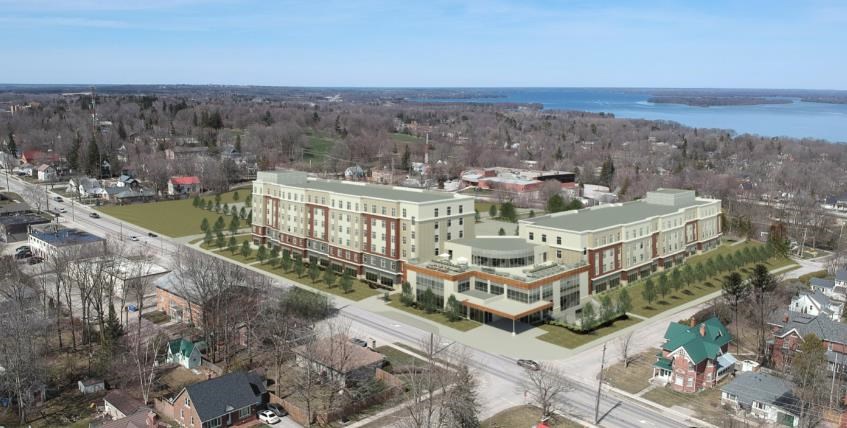OrilliaMatters welcomes letters to the editor. Send your letter to [email protected].
********************
Child killer Mary Bell (who strangled two small boys when she was 10 or 11) lived in a gritty Newcastle neighbourhood in 1960s England.
The street Mary lived on was one of those grass-less tree-less strikingly severe streets lined with row housing, where men were hard-drinking and violent and villainous, and women found desperate ways of making money.
They decided to fix all that, the experts and do-gooders and powers-that-be. They decided to pull it all down, demolish Mary’s street and all the others and provide new housing in the form of up-to-date high-rise apartments.
Crime in Mary’s neighbourhood increased ten-fold. Because as bad as it was, as poverty stricken and run down, nobody locked their doors day or night, and children played in the streets, and mothers looked out for the children, their own and everyone else’s, and women chatted over backyard fences and in the shops, and men at the pub, and just outside their front doors was a street full of life and interest and faces they knew and they were part of it.
Because other than decent plumbing and heating and ventilation what everyone needs, rich or poor, is a sense of community.
They did something like it in the Toronto neighbourhood where I used to live. Built clusters of geared-to-income high-rises on vacant land, grey monoliths that
towered over the post-war bungalows, intending no doubt, that their occupants would enjoy the benefits of living in a happy, established neighbourhood and
thereby improve their quality of life.
Only the high-rise apartments soon became vertical slums.
I can’t say if the high-rises caused all the trouble. The apartments over the stores on Eglinton were also dubious.
And it was Eglinton that the police were focused on the night my husband came home from a late gig and had to drive past several officers crouched on the pavement with their guns drawn and pointing right at him.
I can’t say for sure where the trouble started because it was in the lobby of one of the high-rises by the plaza that a woman I knew had to walk past a gun left lying on the floor one morning while taking her young daughter to school.
Drug-related most of it.
Old gentlemen who had lived in their homes since returning from the war being mugged, and homes being broken into, and people being hit by stray bullets, and helicopters hovering over backyards looking for gunmen, and streets blocked off midday while police searched the neighbourhood for a killer, a body lying at the end of the street.
Drug-related, and that can happen anywhere.
What I can say is that you have to be careful when it comes to building social housing.
You have to give it thoughtful consideration and put your heart into it.
You really do have to make it blend with the existing neighbourhood, and not just because, as in the case of the proposed social housing on the site of ODCVI, the existing neighbourhood is a central heritage neighbourhood that is vital to Orillia’s well-being and identity, is irreplaceable, and full of history and trees.
But because if the housing complex isn’t built in a sympathetic scale and style, if its design or placement on the property should cause it to become an island,
isolated though only yards away from more established dwellings, if its occupants should feel different or separate, if they don’t feel part of things there will be
trouble.
And I can say that if you don’t keep your standards high and have some kind of vision, if you don’t maintain the spirit of the place you live in then even a pretty town nestled on the shore of two lakes can start to look like any other town anywhere and its occupants can lose their sense of community and wake up one
day and not know where they are, and wonder what it was that used to make their lives seem worthwhile.
Kate Grigg
Orillia
********************



